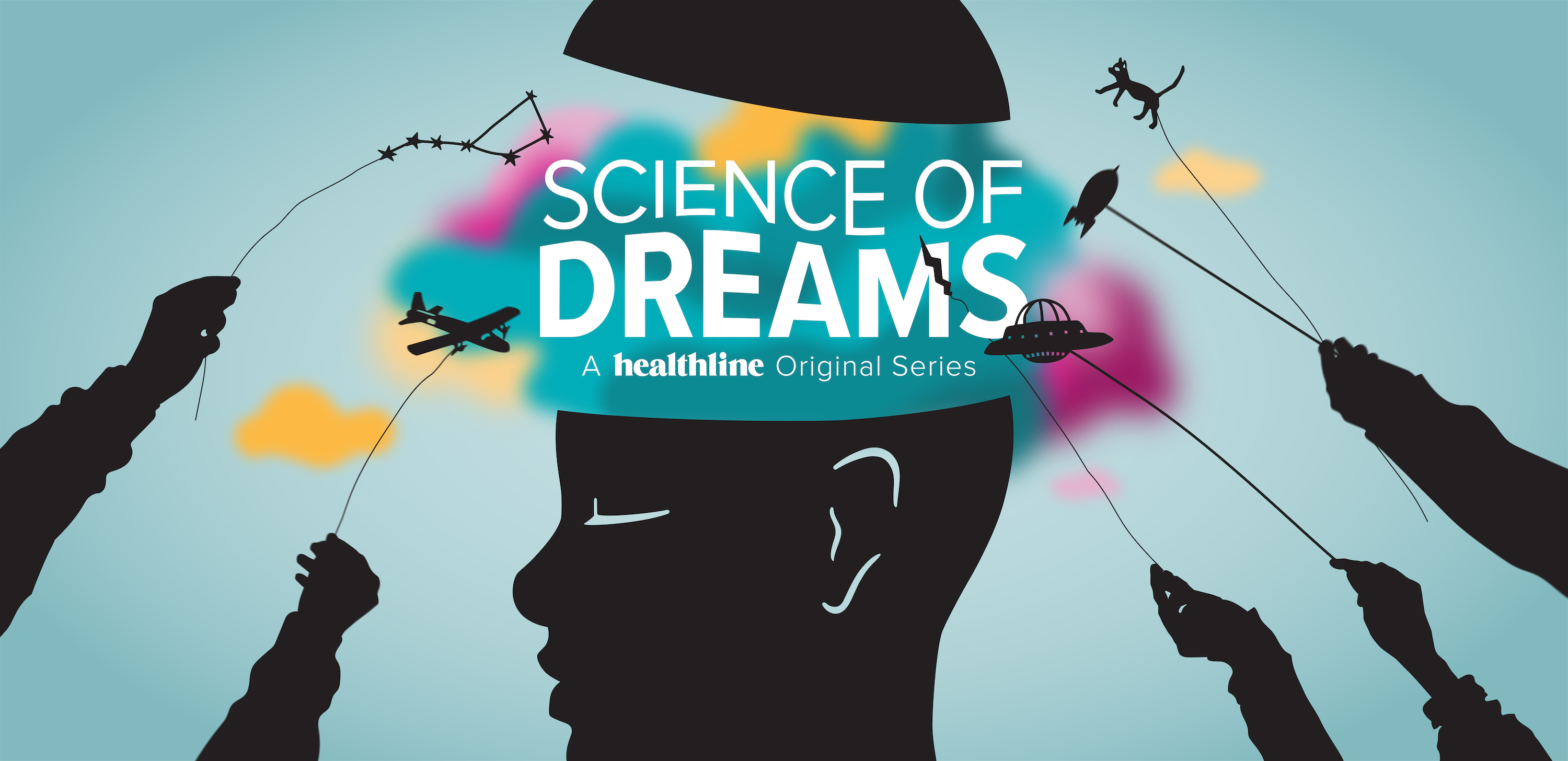Imagine a world where reality and fantasy intertwine, where memories are recreated in the depths of your mind as you sleep. Welcome to the enigmatic realm of dreaming, a fascinating phenomenon that has intrigued humans for centuries. Dreams have captivated poets, philosophers, and scientists alike, leading to countless theories and speculations about their significance.
At the heart of this mysterious nocturnal adventure lies a complex process that connects dreaming and memory formation. In this article, we will delve into the science behind dreaming, exploring how your brain creates and stores memories during sleep, and the profound implications it has on your waking life.
The Neurobiology of Dreaming
Dreaming is a product of the intricate dance of various brain regions working in harmony. The primary players in this ballet are the thalamus, hippocampus, and amygdala. The thalamus serves as the gateway between wakefulness and sleep, relaying sensory information to the brain during sleep. The hippocampus plays a crucial role in memory formation, and the amygdala is involved in processing emotions, which often seep into our dreams.
Sleep is divided into different stages, with REM (Rapid Eye Movement) and NREM (Non-Rapid Eye Movement) being the most prominent. REM sleep, characterized by vivid dreaming, is when our brains are remarkably active, akin to our waking state. It is during REM sleep that dreams come to life, providing us with surreal experiences and emotions.
“Dreaming permits each and every one of us to be quietly and safely insane every night of our lives.” – William Dement, sleep researcher.

During dreaming, various neurotransmitters such as serotonin, dopamine, and acetylcholine play vital roles. Serotonin, responsible for mood regulation, drops during REM sleep, which may explain the emotional rollercoaster we experience in our dreams. Dopamine, linked to pleasure and reward, remains active during dreams, possibly contributing to the pleasure derived from exciting dream scenarios. Acetylcholine, essential for memory and learning, is also abundant during REM sleep, highlighting its connection to memory consolidation during dreaming.
The Connection Between Dreams and Memory
Memory formation is an intricate process that occurs not only during wakefulness but also during sleep. While awake, the brain encodes memories through synaptic connections, solidifying them as either short-term or long-term memories. During sleep, especially REM sleep, these memories are replayed and consolidated, transferring them to long-term storage in the neocortex.
Several studies have demonstrated the profound impact of sleep on memory. Sleep deprivation, for instance, hampers memory performance and impairs the ability to retain new information. It is during sleep that the brain processes and organizes the events of the day, enhancing memory retention and recall.
One intriguing aspect of dreaming is the incorporation of memories into dream content. Dreams often feature fragments of our daily experiences and emotions, interwoven in bizarre and fantastical narratives. This phenomenon suggests that dreaming plays a role in memory consolidation, as the brain reactivates and strengthens recently formed memories during REM sleep.
The Brain’s Mechanisms of Memory Storage
The hippocampus, a seahorse-shaped structure deep within the brain, is instrumental in memory storage. It acts as a temporary storage site for memories, facilitating their transfer to the neocortex for long-term storage. The process of memory consolidation involves synaptic plasticity, where connections between neurons are strengthened or weakened, reflecting the encoding of new information.
“Sleep is not only the interest on the loan of life; it is the amortization of the capital.” – Arthur Schopenhauer, German philosopher.
During sleep, particularly REM sleep, memories are reactivated and replayed. This replay strengthens neural connections, reinforcing the memory trace in the brain. Thus, dreams not only serve as a stage for the reenactment of memories but also contribute to their lasting storage in our minds.
Dreaming Disorders and Memory Impairment
Sleep disorders can significantly impact dreaming and memory consolidation. Insomnia, for instance, disrupts the continuity of sleep, reducing the amount of REM sleep and, consequently, dream occurrence. Sleep apnea, characterized by interrupted breathing during sleep, can lead to frequent awakenings, further interfering with the dream process.
Moreover, dreams can have a profound effect on mental health. Dream-related disturbances, such as nightmares, can evoke intense emotions and trigger conditions like post-traumatic stress disorder (PTSD). Understanding the relationship between dreaming, sleep disorders, and psychological conditions is essential in devising effective treatments and interventions.
Enhancing Memory through Dream Manipulation
Lucid dreaming, a state where individuals become aware that they are dreaming while in the dream itself, presents an exciting avenue for memory improvement. In lucid dreams, individuals may consciously interact with dream content, enabling them to practice skills, confront fears, or even engage in creative problem-solving. This heightened awareness and control may foster better memory consolidation of these experiences.
Keeping a dream journal is another practical technique to enhance dream recall and potentially improve memory retention. By recording dreams immediately upon awakening, individuals can better remember the dream’s details and reflect on its potential connection to waking life events and emotions.
Conclusion
Unraveling the science behind dreaming reveals a captivating interplay between the brain’s intricate structures and the complexities of memory formation and storage. Dreams serve as a window into the human mind, offering insights into our emotions, memories, and experiences. As we continue to explore this enigmatic realm, we deepen our understanding of the brain’s mysteries and the vital role of dreaming in shaping our lives.
So, the next time you drift off to sleep, cherish the adventures that await you in the realm of dreams, knowing that your brain is weaving the tapestry of memories that make you who you are.
FAQs
-
How does dreaming influence memory?
Dreaming plays a crucial role in memory consolidation. During REM sleep, memories are reactivated and replayed, strengthening the connections between neurons and facilitating their transfer to long-term storage in the brain’s neocortex.
-
What are the stages of sleep, and which one is associated with dreaming?
Sleep is divided into REM (Rapid Eye Movement) and NREM (Non-Rapid Eye Movement) stages. REM sleep is associated with dreaming, characterized by vivid experiences and rapid eye movements.
-
Can dreams help in processing emotional memories?
Yes, dreams can incorporate emotional memories, and this integration may assist in processing and understanding emotions related to waking life experiences.
-
What is the role of the hippocampus in memory storage?
The hippocampus acts as a temporary storage site for memories, facilitating their transfer to long-term storage in the neocortex during sleep.
-
How does sleep deprivation affect memory performance?
Sleep deprivation hampers memory performance and impairs the ability to retain new information, as sleep is crucial for memory consolidation.
-
Are there ways to improve dream recall and memory retention?
Yes, keeping a dream journal and practicing lucid dreaming are two techniques that may enhance dream recall and potentially improve memory retention.
-
What are the potential implications of lucid dreaming on memory improvement?
Lucid dreaming offers the possibility of consciously interacting with dream content, which may enhance memory consolidation and potentially improve skills and problem-solving abilities.
-
Do sleep disorders impact dreaming and memory consolidation?
Yes, sleep disorders like insomnia and sleep apnea can disrupt dreaming and memory consolidation, affecting memory performance and overall mental well-being.
-
Can dreams be used to address certain psychological conditions?
Yes, dreams, especially nightmares, may be linked to psychological conditions like post-traumatic stress disorder (PTSD). Understanding dream-related disturbances is essential in developing appropriate treatments.
-
What are the main theories regarding the purpose of dreaming?
Dreaming serves various purposes, including memory consolidation, emotional processing, and potentially creative problem-solving.

Greetings and welcome to my corner of the dreamscape! I am Ethan Sterling, a dedicated and passionate Dreams Specialist on a profound journey of exploring the depths of the subconscious mind. For years, I have immersed myself in the study of dreams, their intricate meanings, and the transformative power they hold for emotional and spiritual healing. More

